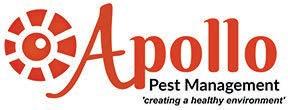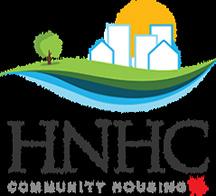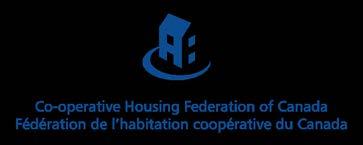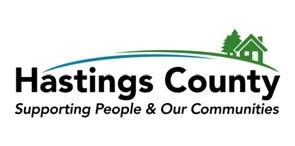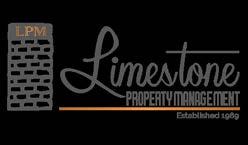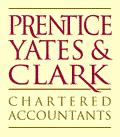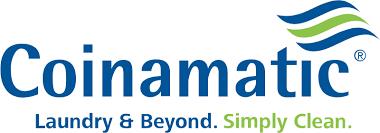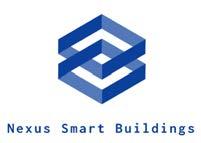

President’s Message

Wow! The largest participation and attendance in many years at our Conference in May at Oakville, Ontario. We welcomed more Contractors for the Trade show and more attendees than we have in a few years.
We, of course, held our annual Golf Tourney (which never fails to have relatively cool weather on Monday, but we didn’t have snow). Of course, the next two days of the conference were bright and sunny, with temperatures ranging from 20 °C to 24 °C. But we had twenty-four golfers who, once again, all attended, and we had a ton of fun.
The new format, which involved holding single sessions for all participants versus multiple sessions, and the conference being held on Tuesday and Wednesday, was very well received. The surveys expressed many positive thoughts on the overall conference, the content, and the Presenters.
There were some great suggestions for future conferences, and as we always do, we listened to what our members expressed and endeavor to make changes to suit everyone.
The Committee has started their serious planning for our 50th Anniversary Conference in 2026, and it appears it will be held in the eastern part of the GTA (Ajax area). We have some great venues to review, and we will make the final decisions shortly. We will then advise on dates and location.
On the business side of IHM, we had a very successful fiscal year in 2024, which resulted in a significant surplus, more members, more students, and continued growth in our Accredited Members. This is very encouraging for our Organization. We also attended the CHF Canada conference in Mississauga in early June. We presented a course on Emergency Preparedness and completed the third Core Course, which had been converted to meet the needs of the Co-op sector. The Maintenance Course has been completed, and we have only one more course to convert (Financial); then, the Accreditation Core courses will be complete. Participants who have completed their electives will then be eligible to apply for their Accreditation (CHMA) in the Co-op sector. It is very exciting news for our future.
Lastly, I would like to extend my sincere thanks and appreciation to the Conference Committee and Board Members for their tireless efforts in making the conference a success. Our thanks to the sponsors and contractors who attended, the excellent Presenters who gave of their time to discuss important issues, and, of course, to our members and non-members who made the effort to attend and participate. It takes everyone to make the Conference work, and we are grateful to all.
Jimmy Mellor, FIHM IHM President

Highlights of the 2025 IHM Annual Educational Conference
The 2025 Annual Educational Conference was a success from start to finish. Returning to the GTA was the ticket that led to the highest attendance in recent years. We tried a few new things and from the positive feedback, these changes were well received. It seems that the Tuesday/ Wednesday schedule (changed from Thursday/Friday) made it possible for more members to attend. We had a later start on Tuesday and an earlier finish on Wednesday which made it easier for those commuting in the heavy GTA traffic.
Keynote speaker, Kris Boyce, kicked things off with her presentation “Wellness, Efficiency and Resilience For Property Managers” and the conference ended with two powerful sessions – Ask The Expert – Legal and Ask The Expert – Maintenance.
Condinued…
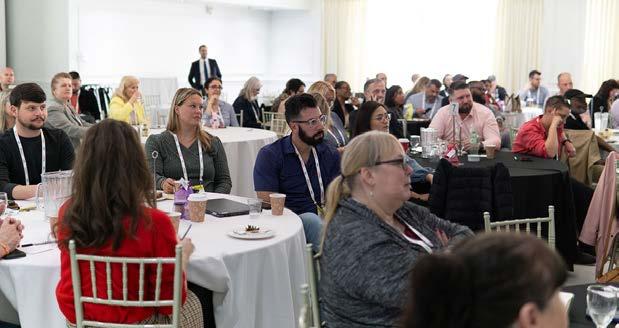
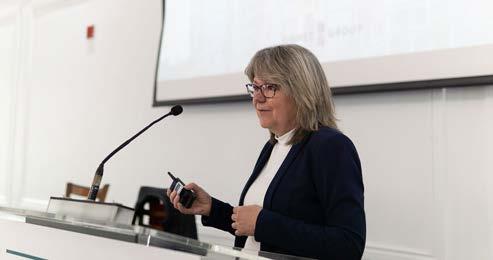
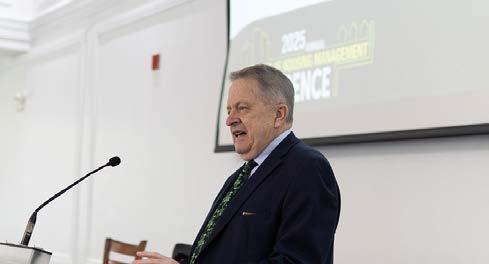
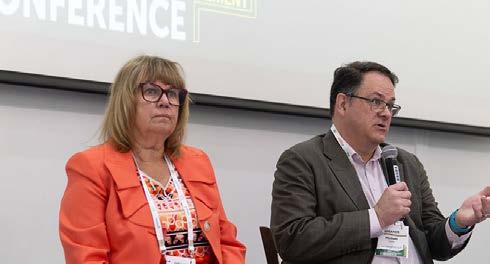
The conference also featured the ever-popular round table discussions and presentations on Crime Prevention Through Environment Design, AI Solutions for Improved Building Maintenance and Human Wants vs. Human Needs.
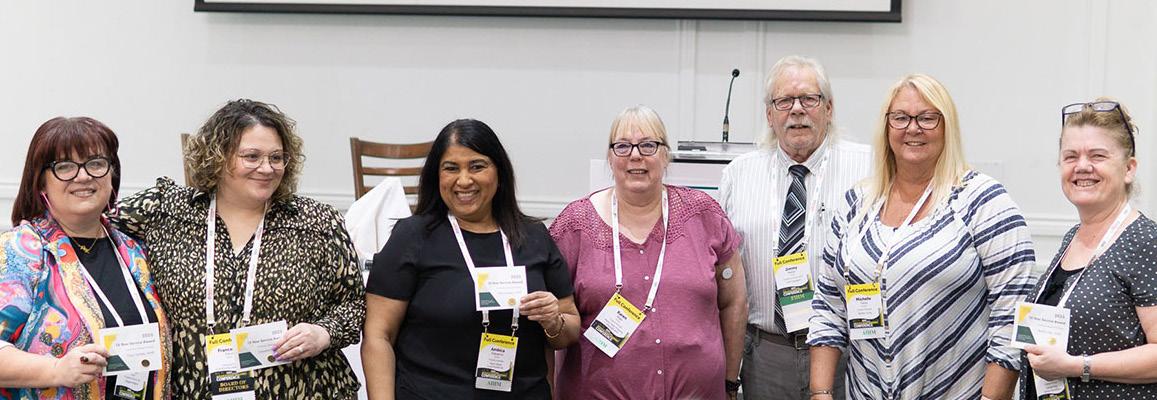
The closing lunch and award presentations was a time to recognize members who had achieved milestones in the past year.
Service Pin Recipients
5 Year Service Pin
Natalie Belanger, AIHM
Dina Del Grande, AIHM
Anna Orlov, AIHM
Tania Ormshaw, AIHM
15 Year Service Pin
Tracy Geddes, AIHM
Francesca Filice, AIHM
Ambica Kalpatoo, AIHM
Karen Maki, AIHM
Michelle Twiss, AIHM
Bardha Oka, AIHM
25 Year Service Pin
Lynn Alexander, FIHM
Deborah Parker, AIHM
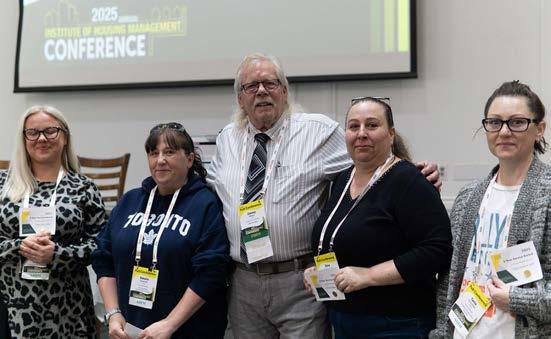
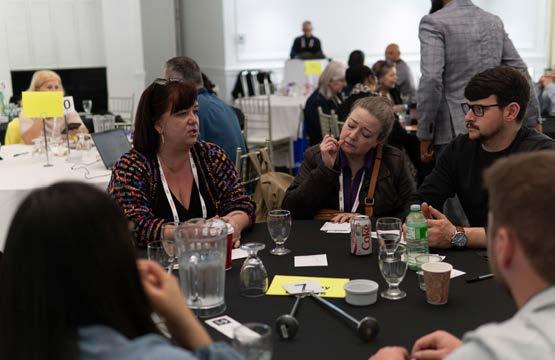
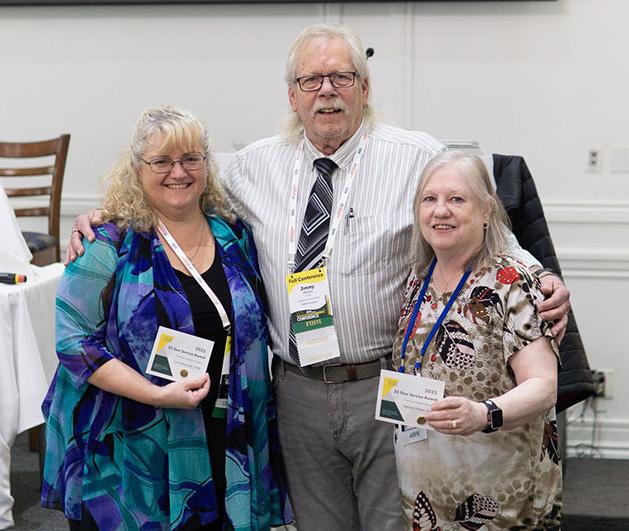
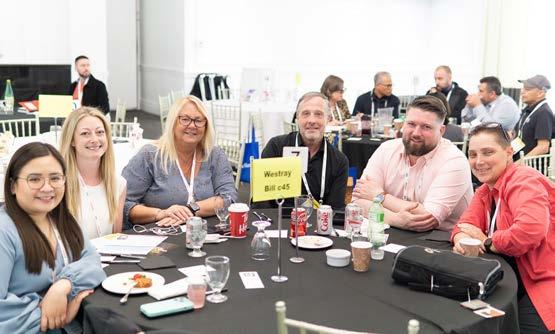

Newly Accredited Members
Natalie Belanger, AIHM
Kimberley Bourne, AIHM
Jennifer Leblanc, AIHM
Carlos Ramirez, AIHM
Joel Shantz, AIHM
Amanda Stevenson, AIHM
Fellows Presentation
Being awarded the FIHM designation is the highest honour IHM bestows on members who have contributed beyond the reasonable expectations of a volunteer, who have contributed for many years and continue to contribute. This year, Francesca Filice, FIHM, received this well-deserved recognition.
Thanks once again to the conference committee – Jimmy Mellor, FIHM, Deborah Filice, FIHM, Lynn Alexander, FIHM, Stacey Sanelli, AIHM, Tracy Geddes, AIHM, Shaam Patel, Bardha Oka and Virancis Rulona.
And with that, the awards luncheon came to an end. Thanks to our presenters, delegates and especially our sponsors. u Click here for the complete photo gallery
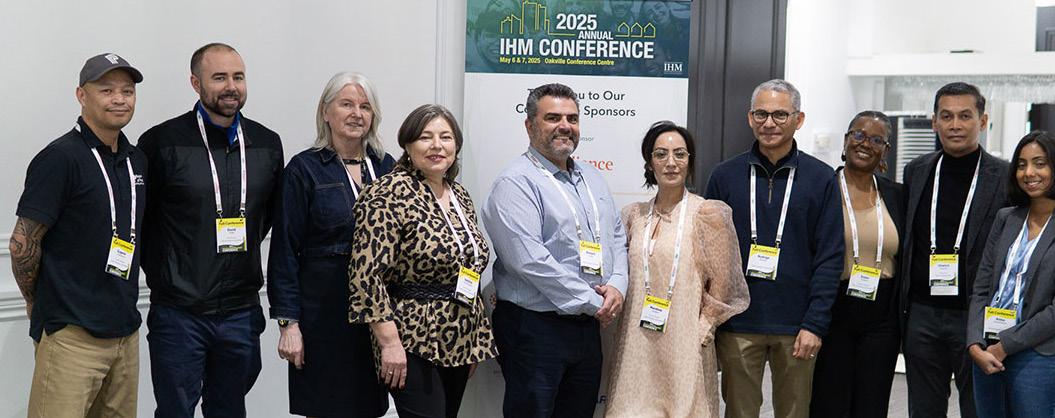
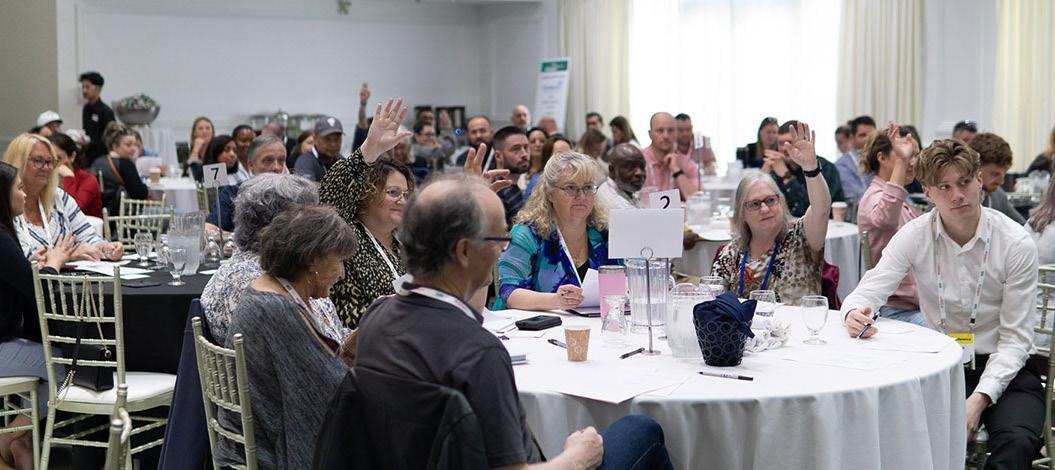
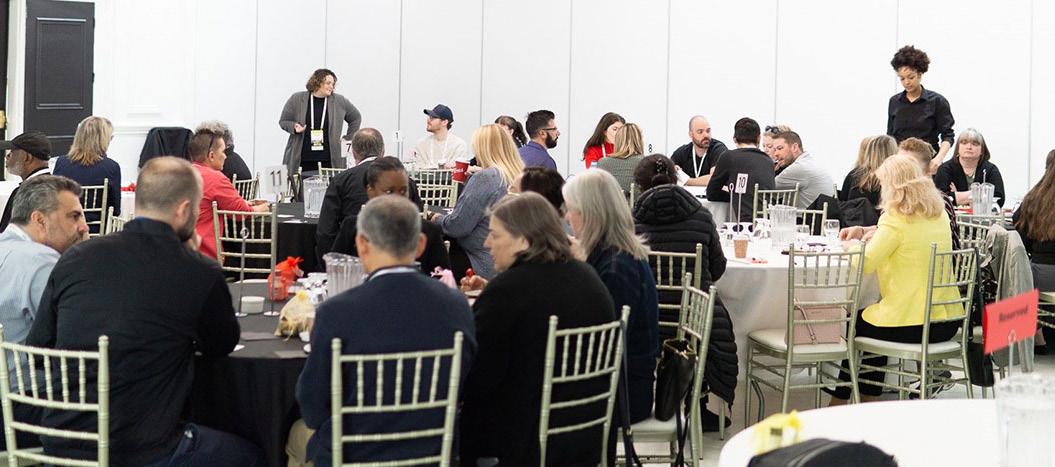

















Gold

APreventive Maintenance – A Must!
By: Ed Cipriani, FIHM
s budgets become tighter, Property Managers continue to look at ways to save. Deferring building preventative maintenance, whether minor or major, may help align operating budgets, but the risks it poses to the building can lead to increased future expenses. This short-term plan can lead to building inefficiencies, health and safety hazards, operational disruptions, and, of course, higher long-term costs, not only to your operating budget but also to your capital budget.
We can define preventive maintenance as a scheduled and methodical application of engineering knowledge and maintenance to the building’s physical elements, equipment, and systems. In turn, it will maximize the life expectancy and operational efficiency of the building elements while maintaining and improving its aesthetic qualities. Preventive maintenance is applied to all operating equipment and static building elements, including walkways, windows, roofs, and parking lots.
Preventive maintenance scheduling is critical, as the tasks occur regularly and require significant time, energy, and staff resources to complete.
A maintenance schedule task list is essential for identifying high-priority items, such as boilers and other Heating, Ventilation, and Air Conditioning (HVAC) elements, which serve as the starting point for the preventive maintenance plan. After creating the high-priority tasks, the Property Manager can begin by scheduling preventive maintenance tasks with longer intervals based on annual, semi-annual, and quarterly tasks.
The next set of preventative maintenance tasks to be identified and scheduled will involve scheduling tasks with shorter intervals and more frequent cycles (e.g., weekly and monthly), followed by low-priority items. A realistic preventative maintenance plan strikes a balance between preventive maintenance and the time needed to address corrective or emergency maintenance, as well as other projects that may arise.
Creating an effective preventive maintenance program may seem work-intensive and challenging to those unfamiliar with it, but the program’s advantages provide numerous benefits to the building.
The proactive preventative maintenance program can provide the following:

• Improved operating efficiency in saving energy costs
• Increased life expectancy of each building element
• Reduced energy costs
• Reduced unanticipated (emergency) failures and expenditures
• Fewer secondary failures in the building
• Identification of equipment with high maintenance costs that would identify the need for replacement
• A reduction in unplanned largescale repairs
• Improved health and safety within the building
• Ensures regulatory compliance
• Enhanced ability to retain residents and market the building to others
• O verall cost savings
Ed Cipriani is the current Vice President of IHM, conference speaker and long time member of IHM - Canada u
Course Completions in Property Management
Administration
Mark (Brad) Bassingthwaite
Lisa Bowden
Nicki Zilkalns
Anthony Mammoliti
Jasmine Sidhu
u u u
Tenancy Law
Danielle Love
Akintunde Akinyemi Teekay
Esindia Gjikolaj
Olga Boyko
Amanda Hutchinson
u u u
Maintenance
Akintunde Akinyemi
Anngel Fenty
Courtney Flinn u u u
Finance
Anngel Fenty
Jennifer Nichols
Human Relations
Darline Buckley
Accredited Members
Sunday Oladele Olatunji, AIHM Cara Weatherell, AIHM

September 17, 2025
12:00 pm - 1:00 pm - Zoom Session
Moderator: Jimmy Mellor, FIHM, IHM President
Presenter: Celia Chandler, Deputy Executive Director, Co-operative


Building Maintenance
Fridays - September 5, 12, 19, 26 & October 3, 2025
9:00 a.m. to 12:00 p.m. - Zoom Session 1:00 pm - 4:00 pm - Asynchronous Learning
Exam - October 17, 2025 - 9:00 am – 12:00 noon 6-Day Online Course

Strategic & Financial Planning
Fridays - November 7, 14, 21, 28 & December 5, 2025
9:00 a.m. to 12:00 p.m. - Zoom Session 1:00 pm - 4:00 pm - Asynchronous Learning
Exam - Dec. 12, 2025 - 9:00 am – 12:00 noon
6-Day Online Course
Visit our website’s Events Page for information and updates on all IHM Events

IOur Value Add and PriorityCustomer Service Excellence
By: Marcia O’Connor
n the world of housing management—customer service is too often treated as a side function rather than the backbone of effective property management. Every day in this field reminds me that we are not just managing units; we are caring for people, many of whom rely on us not only for shelter but for a sense of dignity and safety. Whether we serve vulnerable tenants or work with boards and owners focused on asset performance, our ability to lead with empathy, listen actively, and respond thoughtfully defines the quality of outcomes we deliver.
I believe great customer service begins well before a formal complaint is lodged or a maintenance request is made. It starts with the way we answer a call, greet a resident, or post a notice. Every interaction is a reflection of respect, transparency, and trustworthiness. I’ve seen firsthand how even small changes—like simplifying our communications, adopting proactive outreach strategies, and training frontline staff in emotional intelligence—can transform tenant relationships. Complaint volumes drop, staff morale improves, and the community begins to feel like, well, a community.
Customer service isn’t about appeasement—it’s about alignment.
When tenants understand the “why” behind a decision and feel that their concerns are taken seriously, it builds resilience and cooperation. And for property managers, especially in the public or non-profit sector, that cooperation directly impacts asset care, retention rates, and operating costs. Tenants who feel respected are more likely to stay, communicate openly, and treat their living spaces with care. In this sense, good service is not just ethical— it’s economical. There’s power in knowing someone feels heard. And while we can’t solve every problem overnight, we can ensure that every concern is met with compassion and clarity.
During high-pressure moments— emergencies, disputes, or crises— customer service becomes more than a skill; it becomes a lifeline. I’ve learned the importance of staying calm, being honest, and showing humanity, even when circumstances are tense or unpredictable. It is during these moments that our values show through, and often, it is how we respond in difficulty that people remember most.
Housing management requires us to wear many hats: administrator, mediator, communicator, problem solver. But what ties these roles together is the human connection we build through service. I’ve come to

I’ve learned the importance of staying calm, being honest, and showing humanity, even when circumstances are tense or unpredictable.
see customer care as a kind of invisible infrastructure—holding together relationships, guiding decisions, and shaping the lived experience of our residents. It’s the quiet force behind every success story, every resolved complaint, every stable tenancy.
Looking ahead, I believe our profession must continue to elevate customer service as a core competency. That means investing in training, embracing feedback, and celebrating the moments that remind us why we do this work. Housing isn’t just about walls and roofs—it’s about the lives lived within them. I’ve always believed that when we show empathy, when we treat each person as someone deserving of dignity and respect, we make their experience feel less institutional and more human.
Customer service is about being present for people, even when their needs challenge the system or stretch our bandwidth. It’s about building trust—steadily, sincerely—and being the voice of calm when someone feels lost. If we, collectively, can make someone feel safe, heard, and supported, then we have fulfilled the most important part of our role.
Marcia O’Connor is an Inspirational Leader, Educator, and Mentor at AM FM Consulting Group Inc.
E: marcia.oconnor@amfmconsulting.com
Text/Mobile: 416-433-3565
Linked In: https://www.linkedin. com/in/marciakoconno u
Fire Alarms in Apartment Buildings
NFPA Public Education Division
Large apartment buildings are built to keep people safe from fire. Fire alarm systems detect smoke and fire. They will warn residents of danger.
l The fire alarm system has many parts that work together. Some of the parts are out of sight. In a fire, smoke detectors sense smoke and activate the fire alarm. Manual fire alarm boxes allow people to sound the alarm. When the fire alarm system activates it will warn residents of danger.
l Everyone in the building should know where to find the manual fire alarm boxes (alarm boxes on the wall with a pull bar). Most are found within five feet of an exit door.
l If there is a fire, pull the manual fire alarm box handle on your way out of the building.
l When the system senses smoke or fire, a loud horn or tone will sound. Everyone must know what this sound means and how to react.
l Leave the building right away if you hear the sound of a fire alarm. Stay outside at your meeting place until you are told the building is safe.
l Treat every fire alarm as an emergency. When the alarms sounds, get outside.
l Only use a manual fire alarm box if there is smoke or fire. Frequent false alarms are a problem. People might ignore the sound if they hear too many false alarms. False alarms also put firefighters at risk.
Escape 101
l Know the locations of all exit stairs from your floor. If the nearest one is blocked by fire or smoke, you may have to use another exit.
l If the fire alarm sounds feel the door before opening. If it is hot, use another way out. If it is cool, use this exit to leave.
l Close all doors behind you as you leave. Take the key to your apartment in case you are not able to get out of the building.
l If fire or smoke is blocking all exits, return or stay in your apartment. Keep the door closed. Cover cracks around the door with towels or tape. Call 9-1-1 and let the fire department know you are trapped. Signal from the window by waving a flashlight or light-colored cloth. u

AAsbestos Revisited
By: Carola Mittag
sbestos is a highly toxic mineral that was used in building materials and construction across Canada and remains a significant concern in many Ontario buildings, despite its ban in 2018. Buildings constructed before 1990, especially, are likely to contain asbestos in various materials such as insulation, ducts wraps, pipes or even floor tiles. While not actively used in new construction, it’s a hazard when disturbed during renovations or due to building deterioration.
What are the health hazards of exposure to asbestos?
If products containing asbestos are disturbed, tiny asbestos fibers are released into the air. When asbestos fibers are breathed in, they may get trapped in the lungs and remain there for a long time. Over time, these fibers can accumulate and cause scarring and inflammation which can affect breathing and lead to serious health problems. Asbestos has been classified as a known human carcinogen (a substance that causes cancer).
Why is it still a problem?
Legacy Material: Asbestos was widely used in building materials like insulation, roofing, flooring,
and more, and much of it still remains in place.
Disturbance: Renovations, demolition, and even simple repairs can release asbestos fibers into the air, posing a health risk.
Hidden Hazards: Asbestos can be found in unexpected places, like popcorn ceilings, drywall, and even some textured paints.
Health Risks: Exposure to asbestos can lead to serious illnesses, including lung cancer, mesothelioma and asbestosis.
Lack of Awareness: Many building owners, managers and occupants
may not be aware of the potential presence of asbestos in their buildings.
What can be done?
• Asbestos Inspections: If you own, occupy or manage an older building, it’s crucial to have it inspected for asbestos-containing materials.
• Professional Removal: If asbestos is found, it should be removed by qualified professionals.
• Standard on Asbestos Management: Building owners are required to have asbestos management plans in place.
• Awareness: Educate yourself and
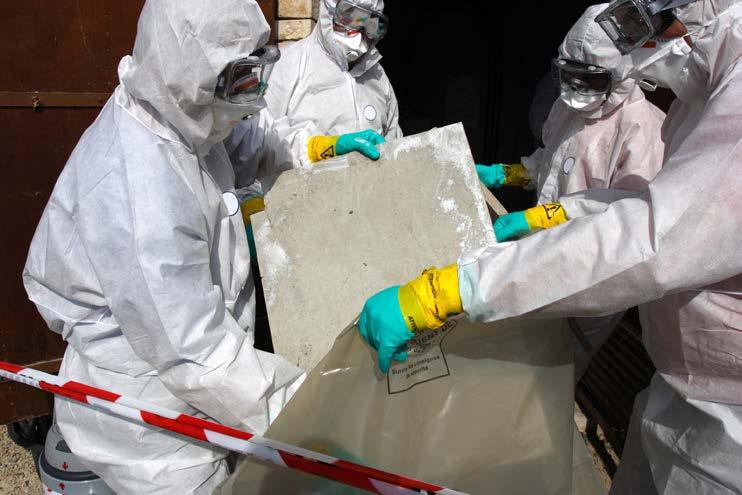
others about the dangers of asbestos and how to identify and handle it safely.
Trained professionals must perform a hazardous materials assessment prior to any renovation of a building. Sampling is performed to determine if asbestos (among other hazardous substances) is present in any building materials. If you are even remotely concerned about asbestos, it’s imperative to get a professional asbestos inspection prior to renovating or remodelling dated spaces to ensure the safety of your property and its residents.
In summary, while asbestos is no longer used in new construction, it remains a significant health hazard in many older buildings. Proper identification, management and removal are essential to protect public health.
Carola Mittag, the former owner of Workplace Safety Group, is now a Consultant to Langlois Safety Training & Consulting Services. She has been providing health and safety insights for IHM members since 2013. u



We know that a Property Manager’s job can be both challenging and interesting. How often have you come to work with your day all planned in your head only to have something unexpected come along?
We are looking for some stories to share with your colleagues in the Property Management field. If you have an interesting story that you would be willing to author, please contact the Newsletter Committee at info@ihmcanada.net
2024-2025 IHM Board of Directors
EXECUTIVE
President
CHMA Committee, Conference Committee
Jimmy Mellor, FIHM
Property Management Consultant
Tel: 902-943-9919
Vice President
Ed Cipriani, FIHM, MAATO, Dipl.T., COQ, CET
Mohawk College
Tel: 905-719-0674
Secretary-Treasurer
Conference Committee
Lynn Alexander, FIHM
Region of Durham Housing Service
Tel: 905-666-6239 Ext 2450
IHM Office: Carolyne Vigon, Executive Director Beth McKenzie, Program Manager
DIRECTORS
Director at Large
Phil Eram, B.Sc., FIHM
Precision Property Management Inc.
Tel: 416-675-2223
Communications Committee
Kevin McCann, FIHM
K.J. McCann and Associates
Tel: 647-323-4921
Communications Committee, Conference Committee
Deborah Filice, MEd, FIHM, CIHCM, CMMIII, RSSW
IHM Education Director
DAF Property Management Services
Tel: 289-244-8269
Communications Committee Chair
Francesca Filice, B.A., FIHM
Victoria Park Community Homes
Tel: 905-527-0221
Conference Committee Co-Chair
Tracy Geddes, AIHM
Niagara Region, Housing Services Division
Tel: 905-980-6000
Conference Committee Co-Chair
Stacey Sanelli, AIHM
Precision Property Management Inc.
Tel: 416-887-1251
n Participate on the various committees
n Help with the Annual Educational Conference
n Submit relevant articles for the IHM quarterly newsletter n Mentor a Candidate member (FIHM/AIHM Members only) n Become an Instructor (FIHM/ AIHM Members only)

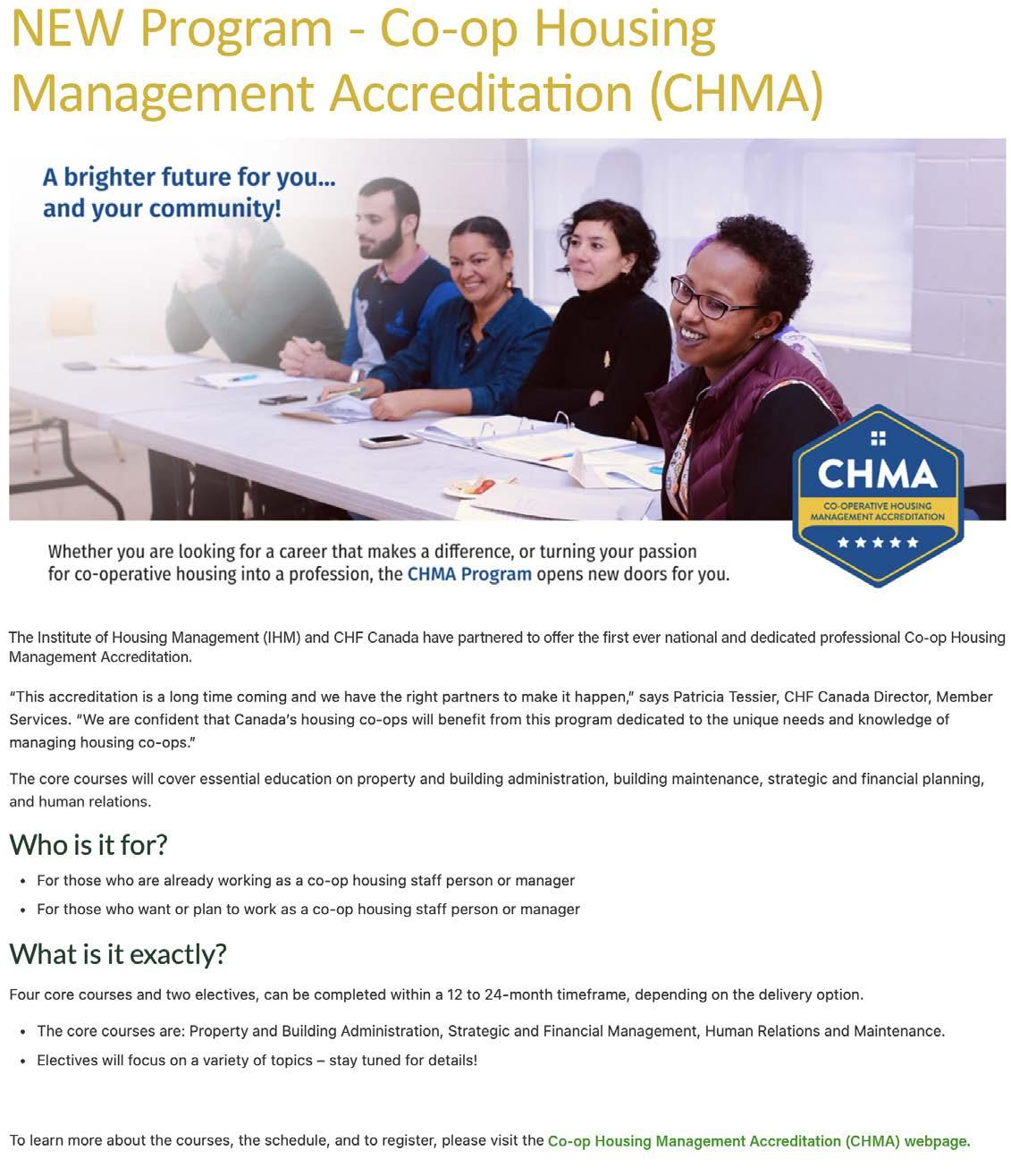
IHM Corporate Members
Thank you to all IHM Corporate Members
